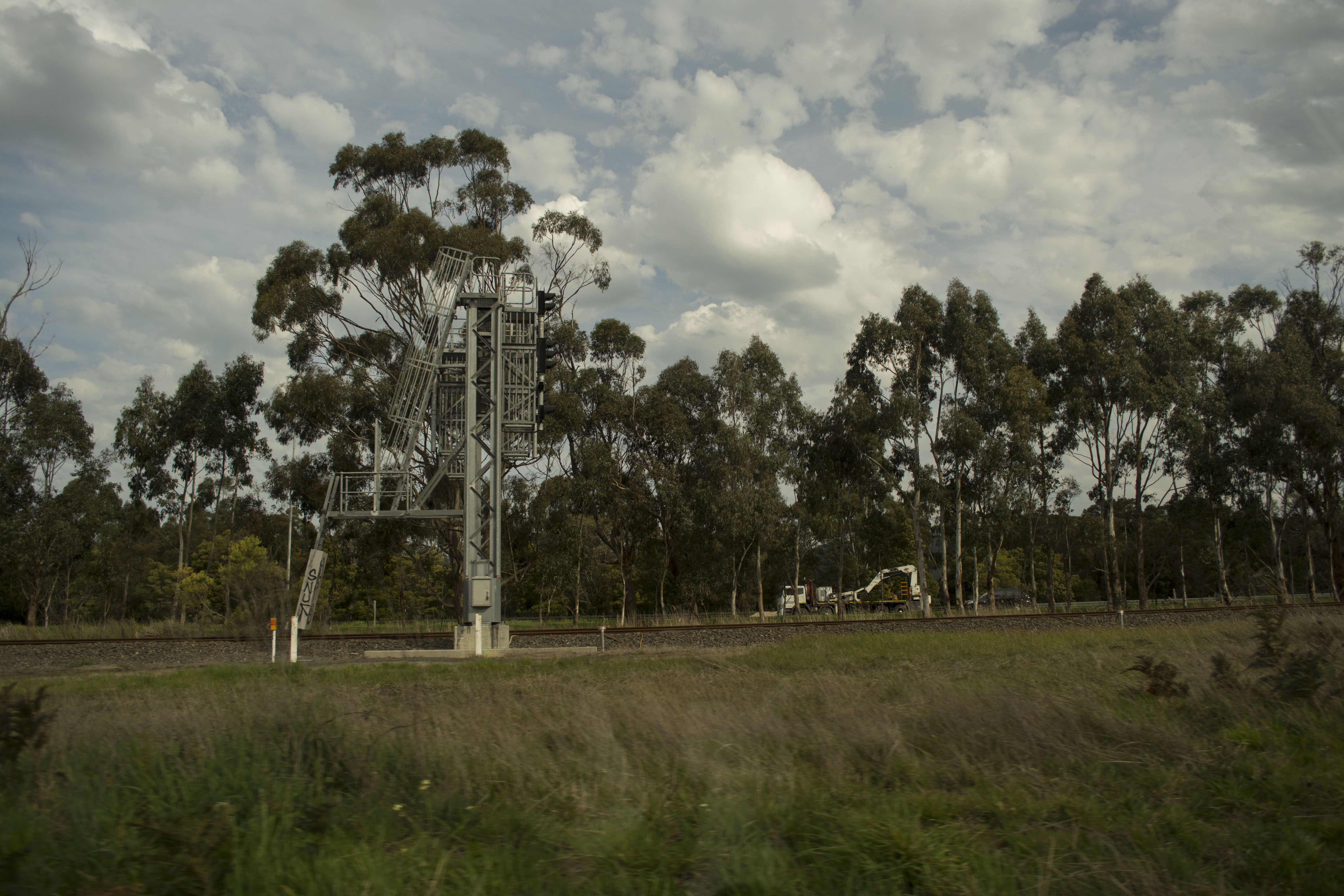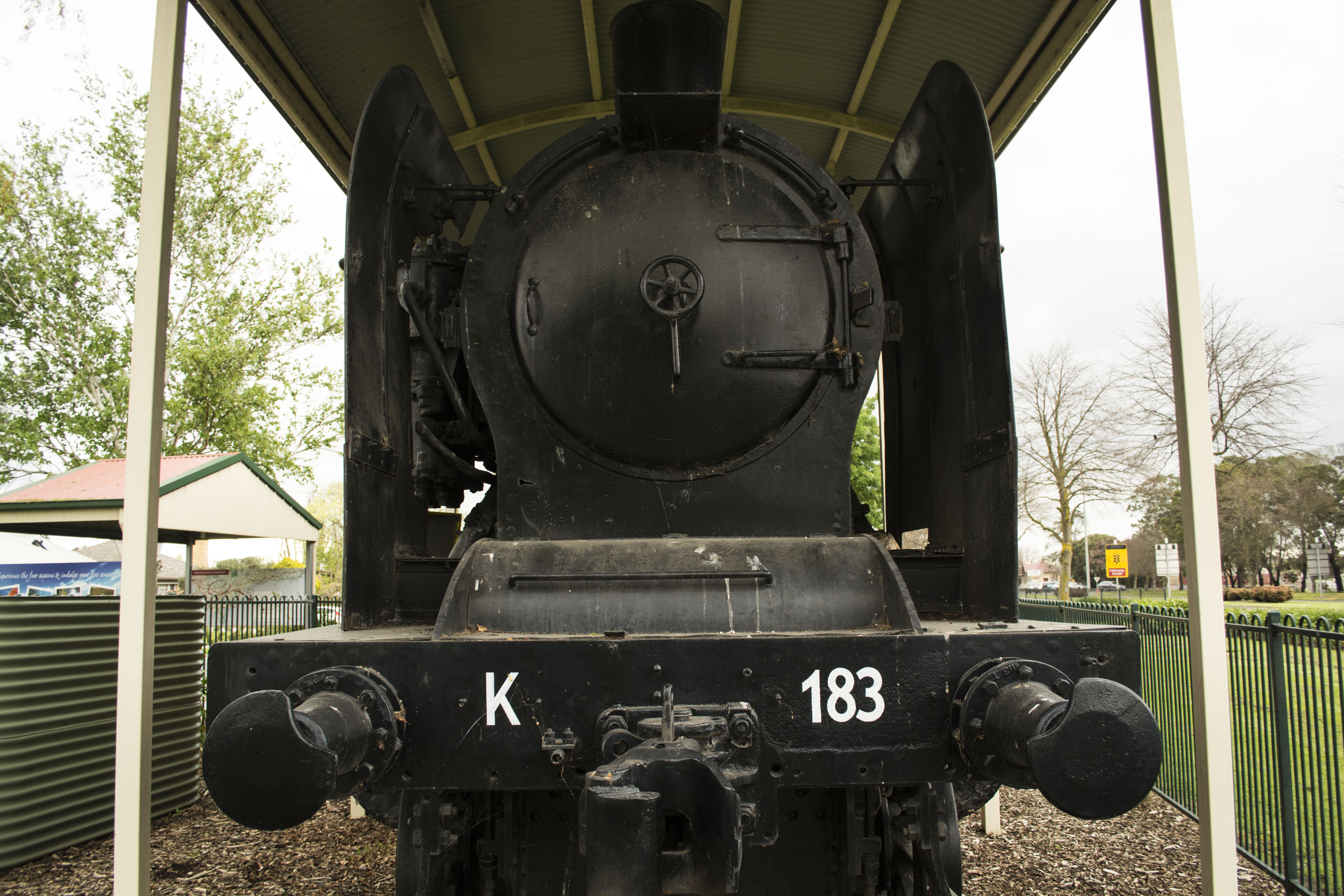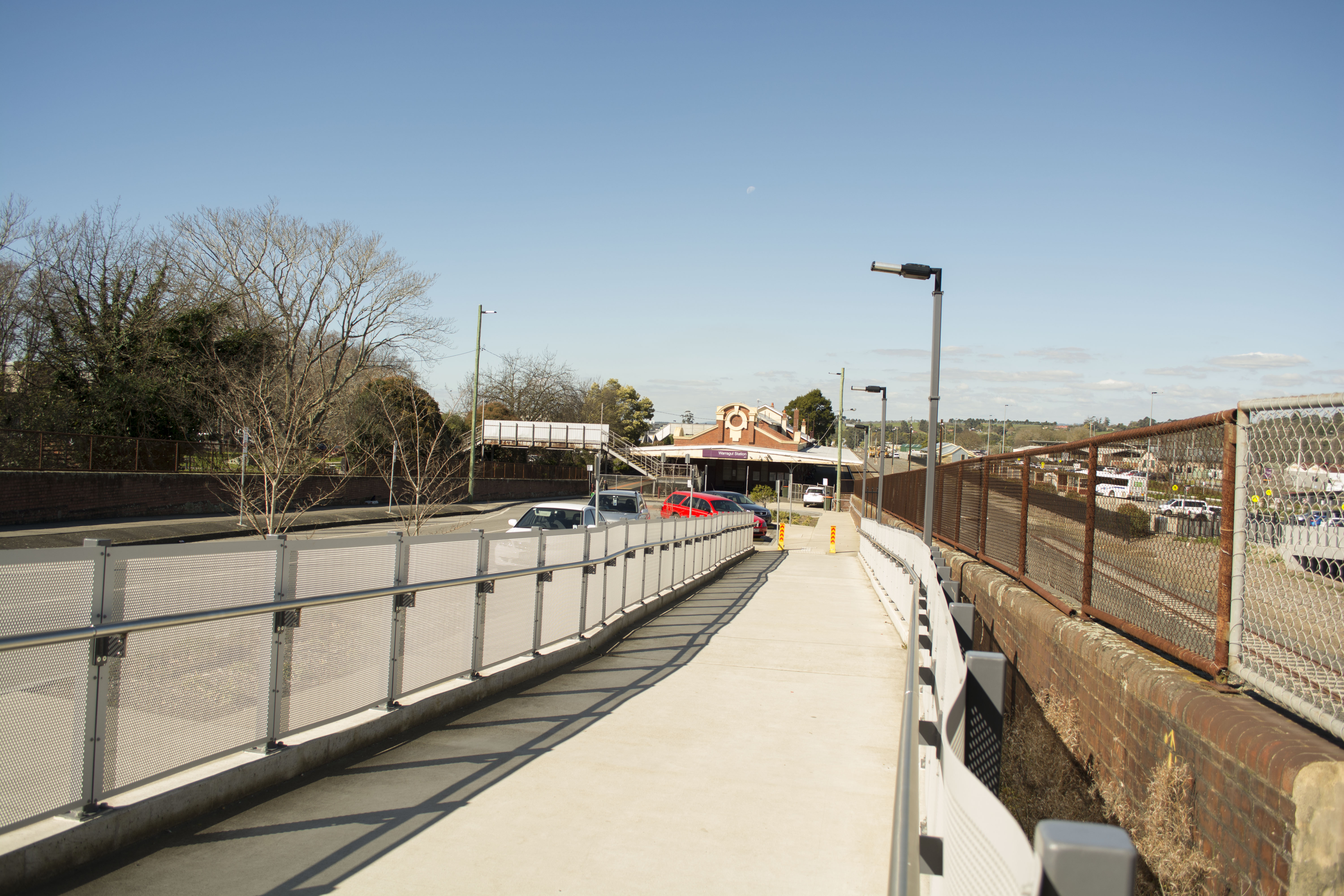

54 years.
630 months.
19,492 days.
It has been a long time since the Warragul community has seen the A2 986 Steam Train, but in May of this year, it was named the Spirit of Warragul,
and returned to service once more.
“It was really good to see so many people come out to see it too.”


The A2 986 entered service on 14th November 1915, after assembly at Newport Workshops.
“As, you know, time went on and different locos were coming about, more horsepower
and all the rest of it, the A2s ended up just sort of getting any job lying around.” Said Tim Harris,
a fitter and turner for Steamrail Victoria who worked on the A2 986.
He says that steam travel was dying out by the 50s and 60s, and eventually the A2 986 was withdrawn from service.
“When you work on them and work with them, they are such unique machines and it's a really special thing to have them operate for the younger generations to see.”
“Then Steamrail Victoria when we restored it, felt that it was, it needed to be a coal burner, you know, because that’s really sort of how they were in their hay day.”